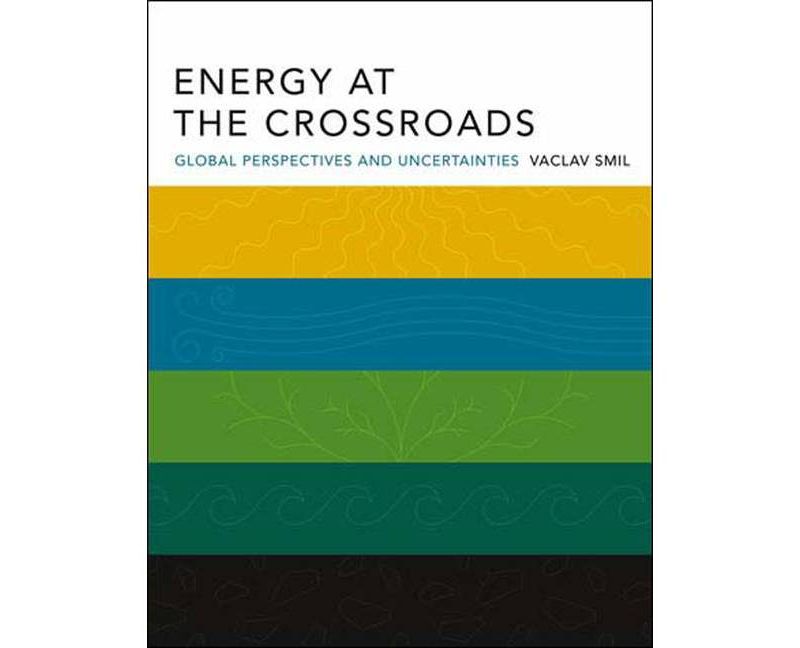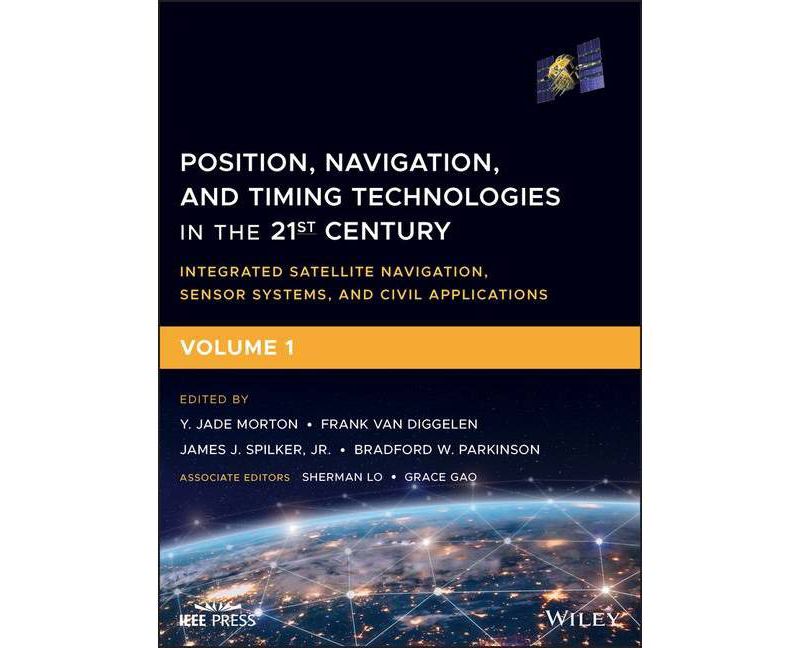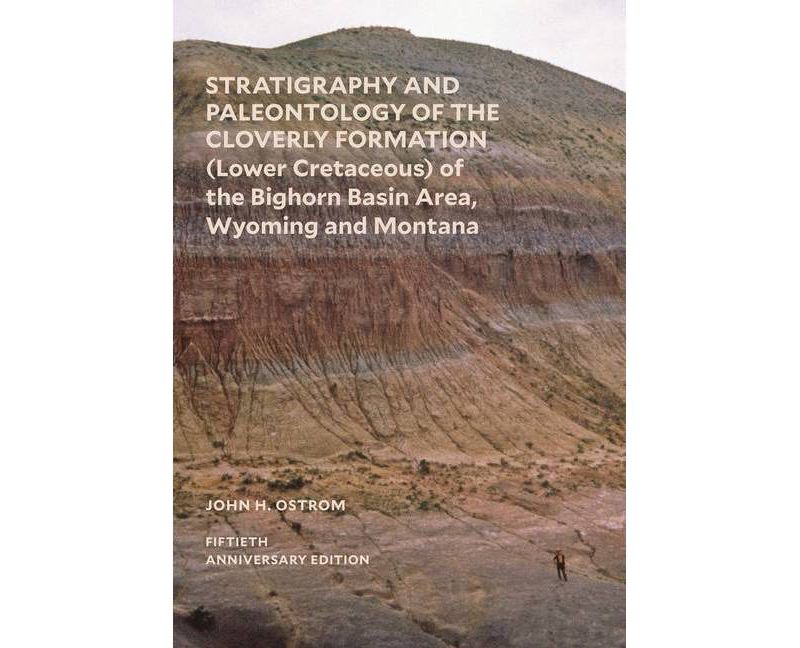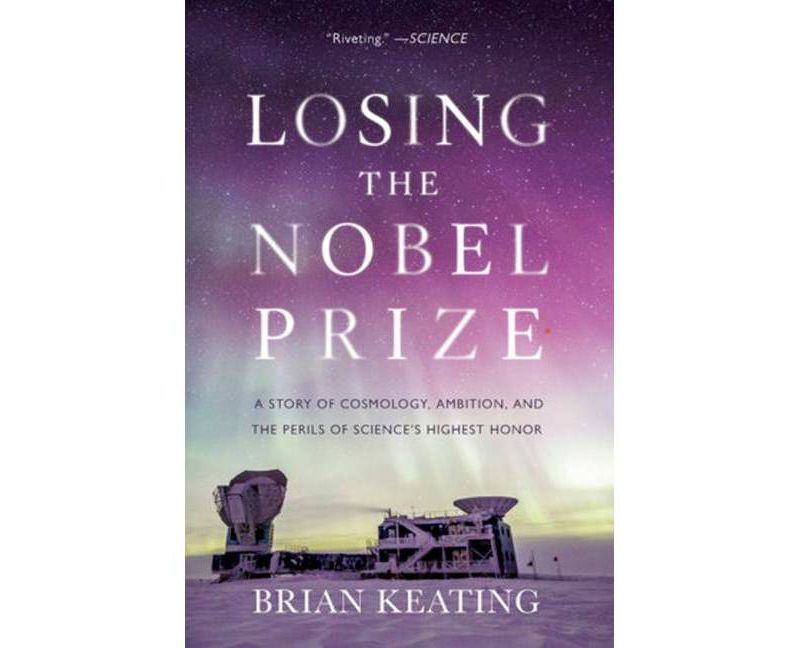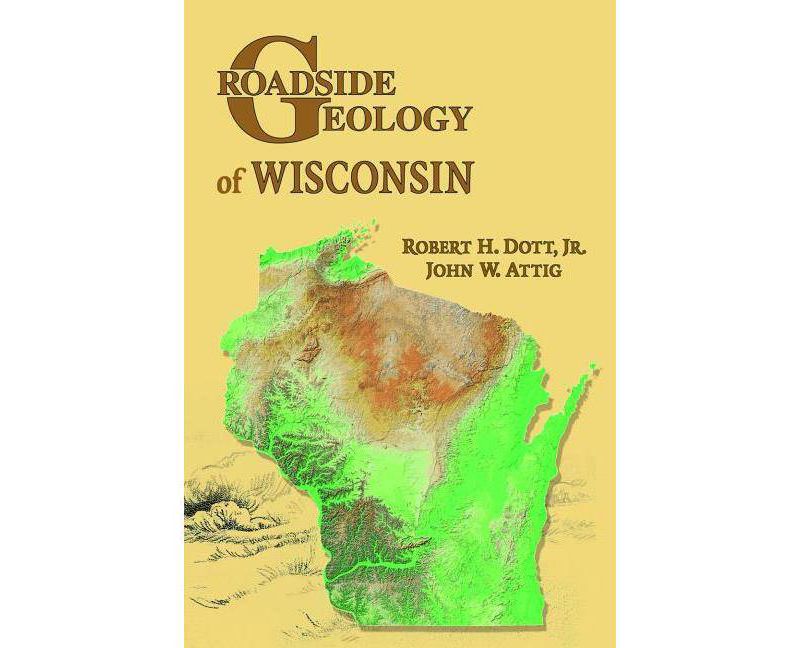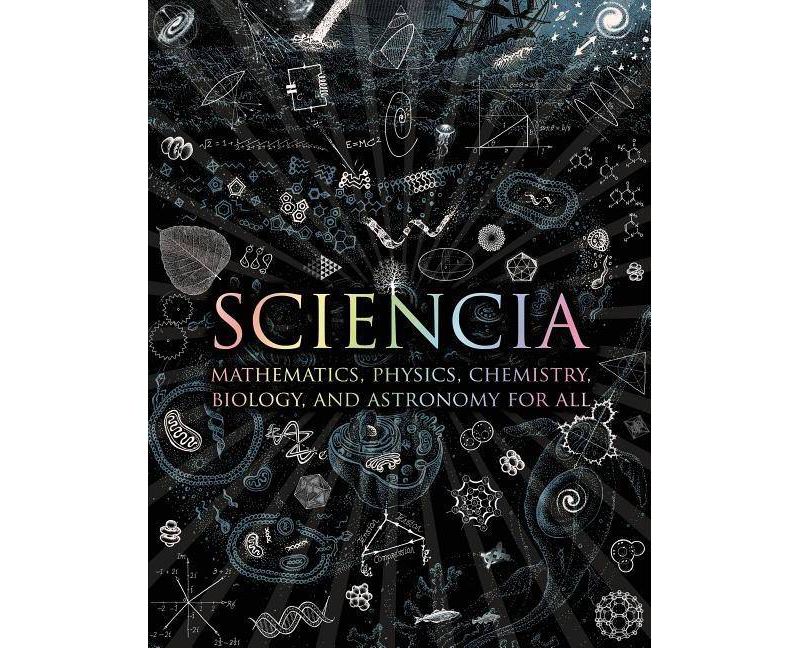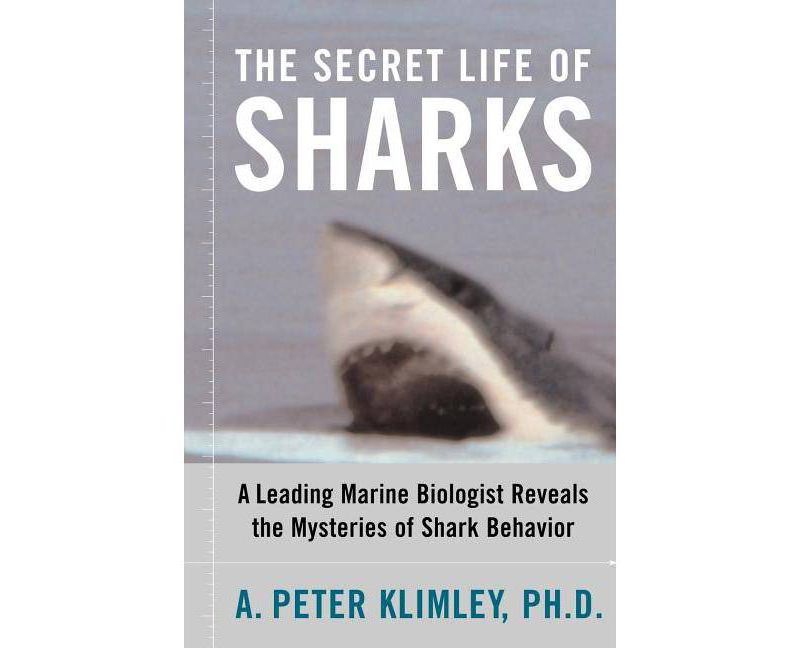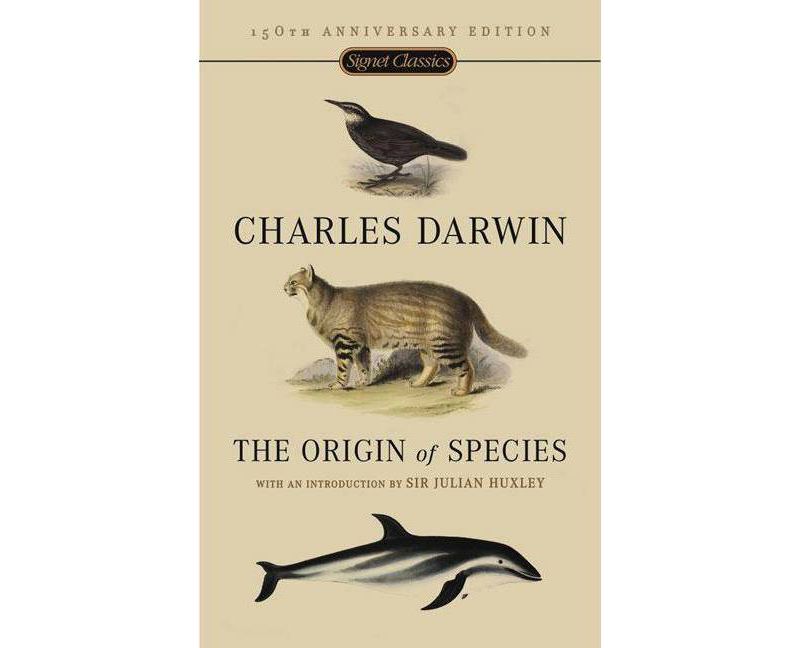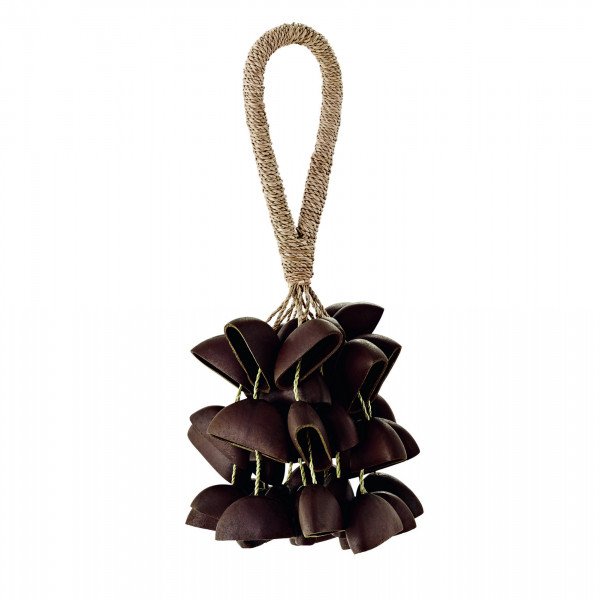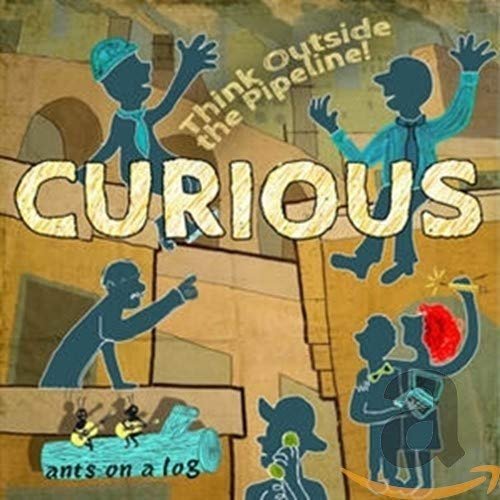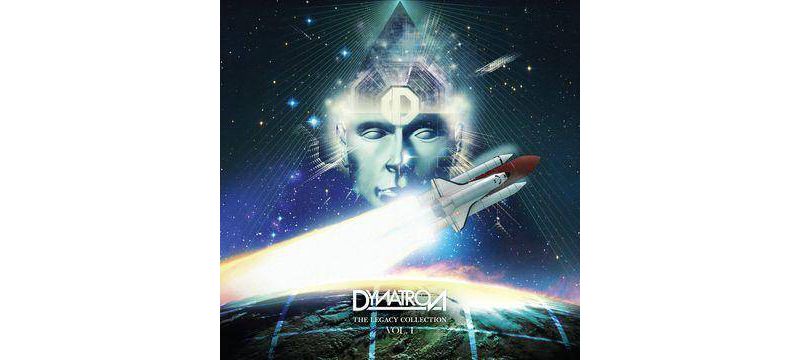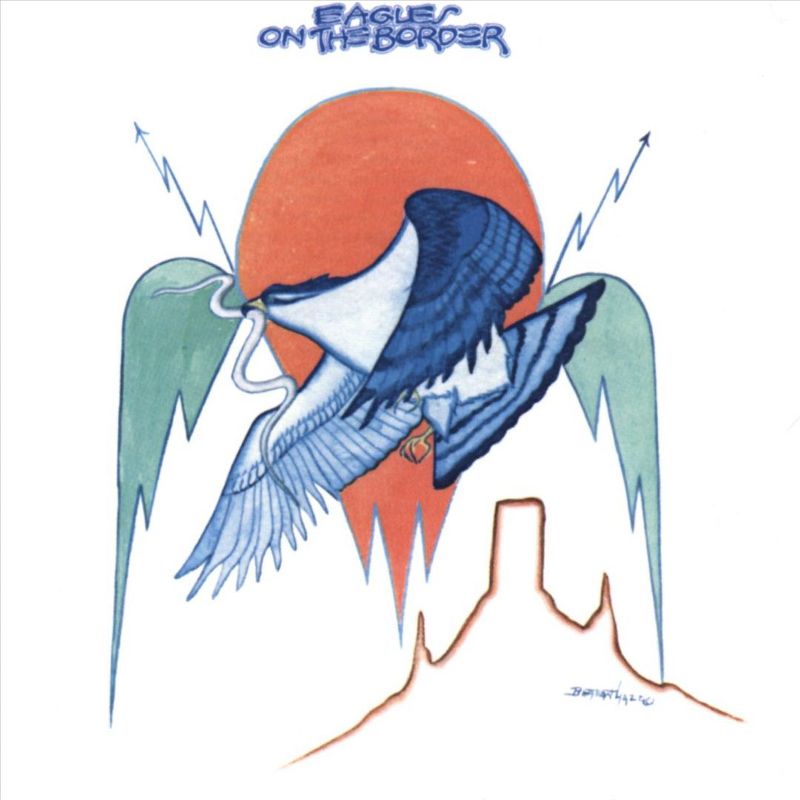Trusted shipping
Easy returns
Secure shopping
Buy Ages of Gaia - (Commonwealth Fund Book Program) by James Lovelock (Paperback) in United States - Cartnear.com
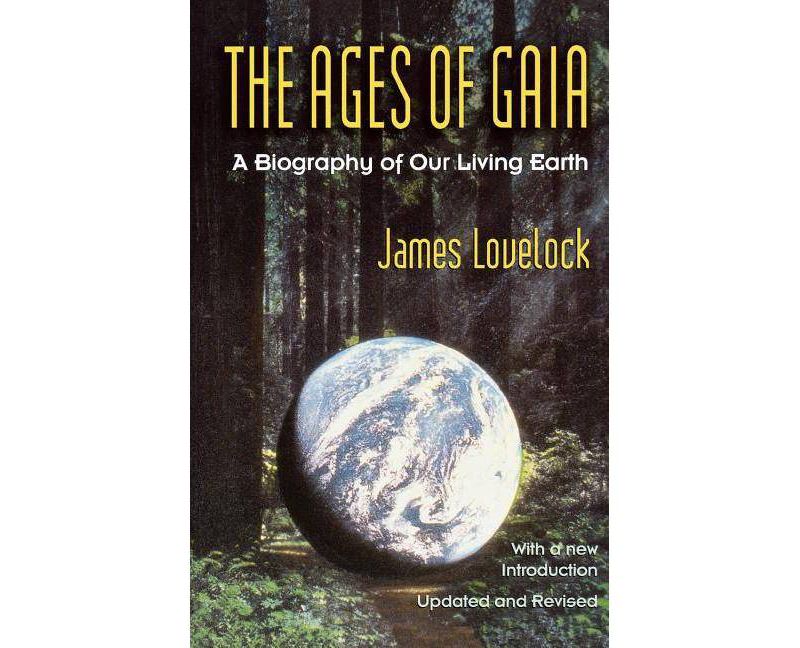
Ages of Gaia - (Commonwealth Fund Book Program) by James Lovelock (Paperback)
CTNR1720 09780393312393 CTNR1720Valor
2026-12-31
/itm/ages-of-gaia-commonwealth-fund-book-program-by-james-lovelock-paperback-1720
USD
19.59
$ 19.59 $ 19.79 1% Off
Item Added to Cart
customer
*Product availability is subject to suppliers inventory
SHIPPING ALL OVER UNITED STATES
100% MONEY BACK GUARANTEE
EASY 30 DAYSRETURNS & REFUNDS
24/7 CUSTOMER SUPPORT
TRUSTED AND SAFE WEBSITE
100% SECURE CHECKOUT
Number of Pages: 278
Genre: Science
Sub-Genre: Environmental Science
Series Title: Commonwealth Fund Book Program
Format: Paperback
Publisher: W. W. Norton & Company
Age Range: Adult
Author: James Lovelock
Language: English
Lovelock argues that such things as the level of oxygen, the formation of clouds, and the saltiness of the oceans may all be controlled by biological processes. He believes that living organisms create the optimum conditions for their own existence, and in so doing create the superorganism Gaia. The New York Times Book Review has called his arguments in favor of Gaia plausible and above all illuminating.
This book describes a set of observations about the life of our planet which may, one day, be recognized as one of the major discontinuities in human thought. If Lovelock turns out to be as right in his view of things as I believe he is, we will be viewing the Earth as a coherent system of life, self-regulating and self-changing, a sort of immense living organism.--Lewis Thomas
Genre: Science
Sub-Genre: Environmental Science
Series Title: Commonwealth Fund Book Program
Format: Paperback
Publisher: W. W. Norton & Company
Age Range: Adult
Author: James Lovelock
Language: English
About the Book
James Lovelock proposes that all living species are components of that organism, as cells are components of the human body.Book Synopsis
Lovelock first sketched out his theory in his bestseller, Gaia: A New Look at Life on Earth. People all over the world embraced the theory, and in less than ten years it moved from the margins of scientific research to the mainstream.Lovelock argues that such things as the level of oxygen, the formation of clouds, and the saltiness of the oceans may all be controlled by biological processes. He believes that living organisms create the optimum conditions for their own existence, and in so doing create the superorganism Gaia. The New York Times Book Review has called his arguments in favor of Gaia plausible and above all illuminating.
From the Back Cover
The Earth, James Lovelock proposes, behaves as if it were a superorganism, made up from all the living things and from their material environment. When he first sketched out his brilliant Gaia theory in the 1970s, people around the world embraced it; within a short time Gaia has moved from the margins of scientific research to the mainstream. James Lovelock argues that such things as the level of oxygen, the formation of clouds, and the saltiness of the oceans may all be controlled by interacting physical, chemical, and biological processes. He believes that "the self-regulation of climate and chemical composition is a process that emerges from the tightly coupled evolution of rocks, air, and ocean - in addition to that of organisms. Such interlocking self-regulation, while rarely optimal - consider the cold and hot places of the earth, the wet and the dry - nevertheless keeps the Earth a fit place for life". The New York Times Book Review has called his arguments in favor of Gaia "plausible and above all illuminating". Now, in an updated paperback edition, fully revised, the author amplifies his account of how Gaia works with descriptions of new fields of research that have been opened by this pathbreaking concept.Review Quotes
This book describes a set of observations about the life of our planet which may, one day, be recognized as one of the major discontinuities in human thought. If Lovelock turns out to be as right in his view of things as I believe he is, we will be viewing the Earth as a coherent system of life, self-regulating and self-changing, a sort of immense living organism.--Lewis Thomas


